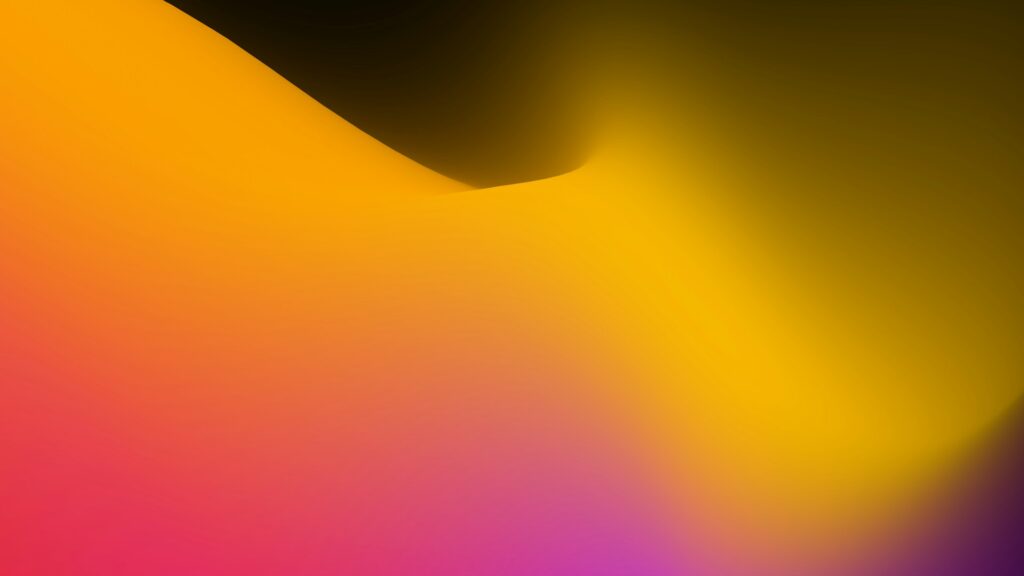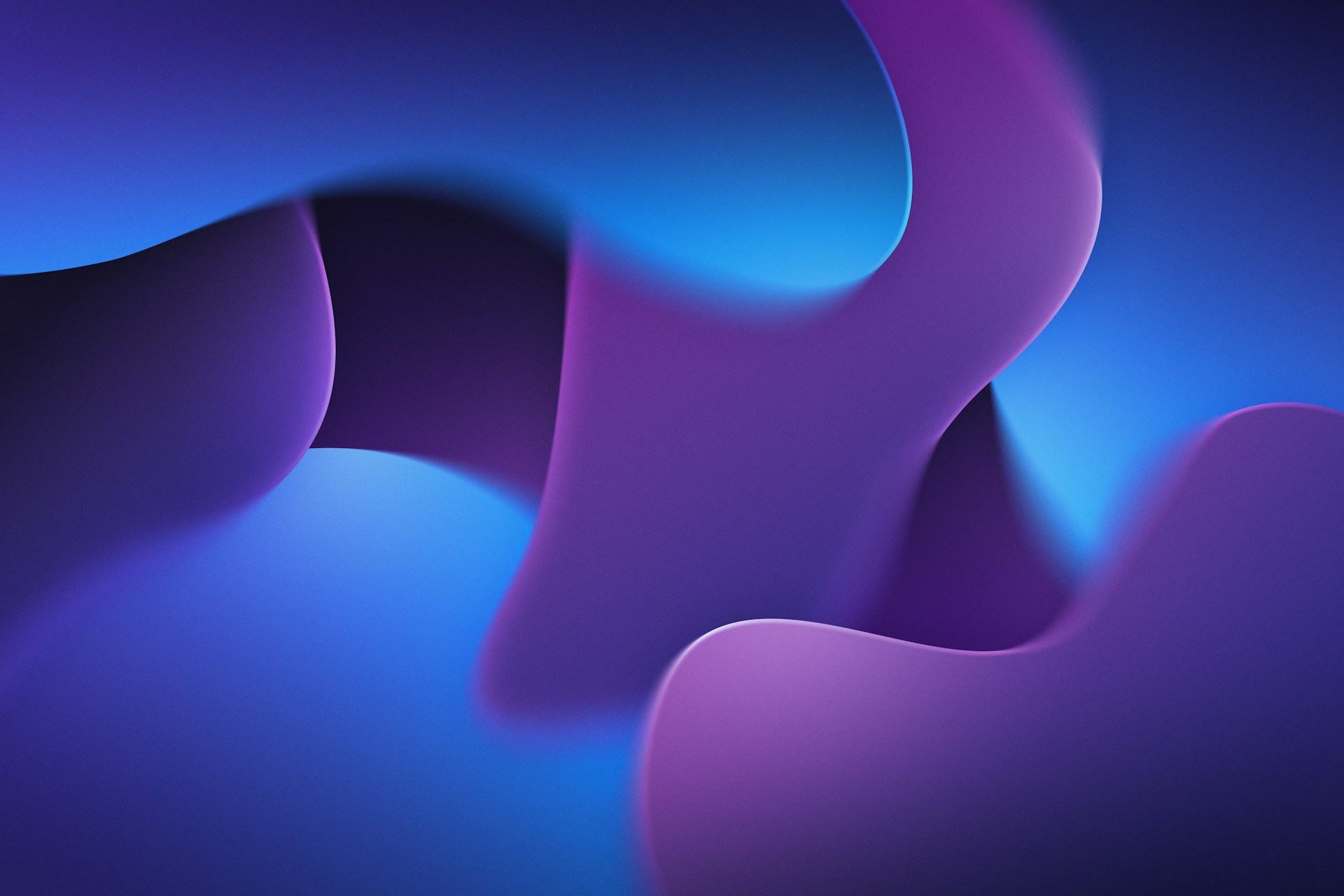Gradients in web design: secrets of use and types of colour transitions
Gradients are often used in design as a way to creatively highlight elements. They are smooth transitions of shades. In this case, they can be created using a single colour palette or a combination of different colours.
Types of colour transitions
The design distinguishes between different types of gradients:
- Linear. In this case, the transition is along a straight line, which can be horizontal, vertical or diagonal.
- Reflected. This is one of the linear types. Colours change along a straight line, but they all converge in the middle. Other colours may diverge symmetrically at the sides.
- Radial. The transition is from the central point in a circle or ellipse. It focuses attention on some aspects of a picture.
- Angular or conical. Colours change 180 degrees at the centre. This creates a three-dimensional effect. It also draws the object into a conical shape.
- Diamond. Here, the colours change from the centre but in a cross shape, creating a diamond shape.
- Mesh. This is created using special tools in graphics programs. A grid of reference points is superimposed on the image. The desired shade is then selected separately. It is possible to change the shape of the grid.
- Shape blurred. This option is similar to the grid but smoother. It uses different shapes to create the blur effect. They can be layered on top of each other and distributed around the perimeter. It all depends on your imagination and what you want to do with the image.
There are other ways. You can find them in special programmes. The most popular are Adobe Illustrator and Figma.

Advantages of using the effect
Applying gradients is a great way to make an image more attractive. By adding shades, you can not only improve the visual perception of the object but also draw attention to its essential elements. Colour gradients help to add volume and three-dimensionality to an object. They also create a variety of lighting effects. For example, the use of a canonical gradient allows you to give side illumination, radial or diamond — top or bottom.
This design approach can be used for both animations and static images. It will look spectacular in either case.
Gradients are in demand in various project development, from website and mobile application design to packaging design.
Another benefit of the tool is its flexibility. Gradients can serve as backgrounds or fill objects. Rather than overwhelming the visual, they complement it. This is why this approach is often the method of choice when creating promotional materials to catch the consumer’s attention.
